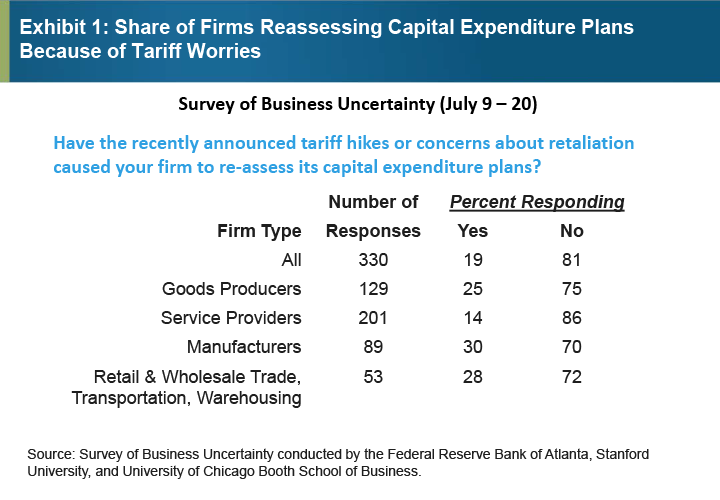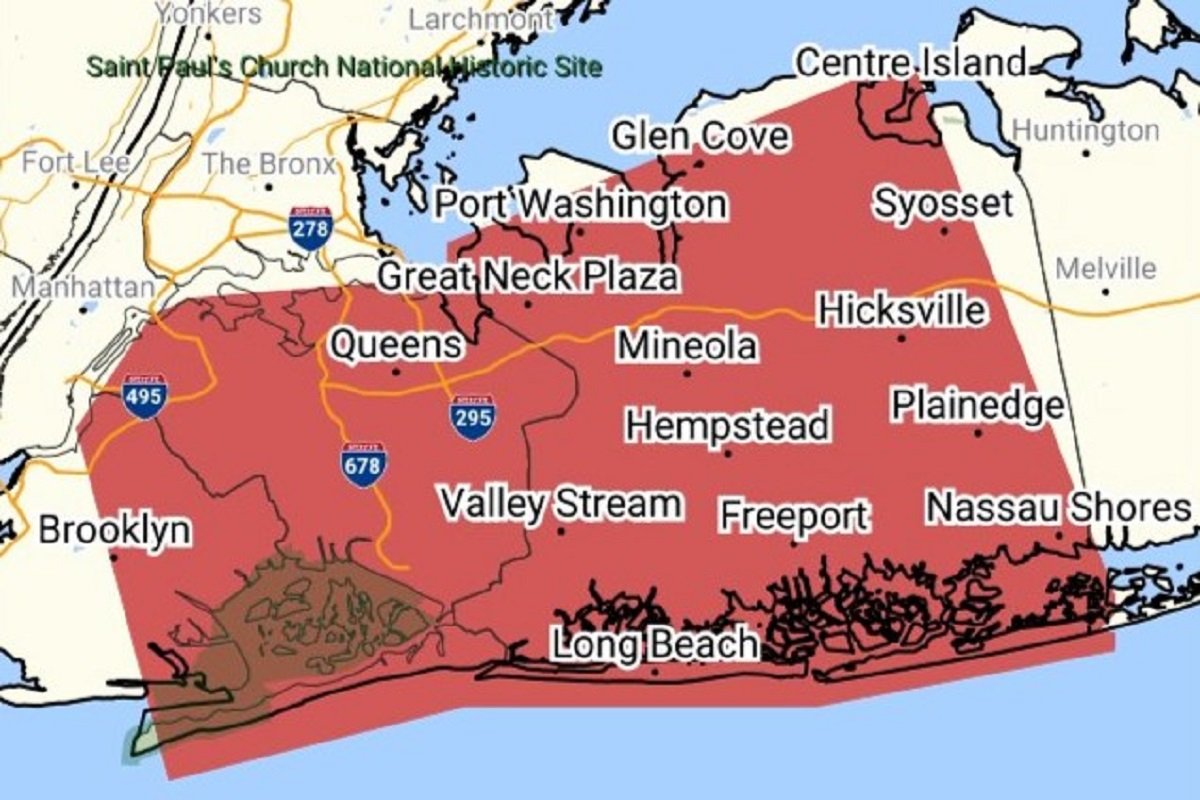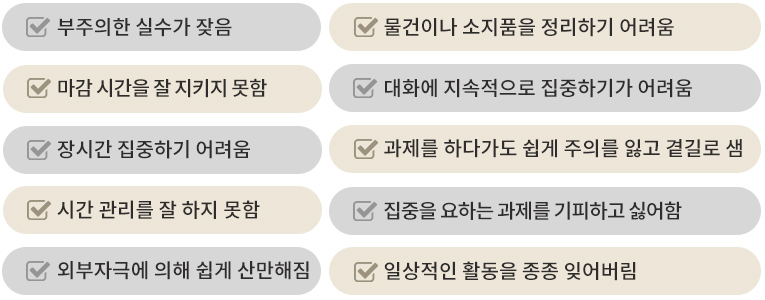Tariff Uncertainty Forces U.S. Businesses To Cut Costs

Table of Contents
The Impact of Tariff Uncertainty on US Businesses
Tariff uncertainty significantly impacts US businesses across various sectors. The fluctuating nature of import tariffs creates a volatile environment, making accurate financial forecasting and long-term planning extremely difficult. This uncertainty directly affects several key areas:
-
Increased import costs directly impacting profit margins: Unexpected tariff increases translate directly into higher input costs, squeezing profit margins and reducing competitiveness. Businesses relying heavily on imported goods are particularly vulnerable. For example, a furniture manufacturer relying on imported wood may see its production costs skyrocket, forcing it to either absorb the losses or raise prices.
-
Difficulty in accurate financial forecasting and long-term planning: The unpredictable nature of tariff changes makes it nearly impossible for businesses to create reliable financial forecasts. This lack of clarity makes securing loans and investments challenging, hindering growth and expansion.
-
Loss of competitiveness in global markets due to higher prices: Increased import costs often necessitate price increases for finished goods, making US businesses less competitive in the global marketplace compared to those in countries with more stable trade policies. This loss of market share can have severe long-term consequences.
-
Strain on supply chains, leading to delays and shortages: Tariff uncertainty can disrupt established supply chains, leading to delays in receiving raw materials and finished goods. This can cause production slowdowns, shortages, and ultimately, lost sales.
-
Increased administrative burden related to tariff compliance: Navigating the complex web of tariff regulations adds significant administrative burdens, requiring businesses to hire specialized staff or consultants to ensure compliance, adding further to their costs.
-
Pressure to relocate manufacturing operations outside the US: To mitigate the impact of tariffs and reduce costs, many US businesses are exploring the option of relocating their manufacturing operations to countries with lower tariffs or more stable trade environments, leading to job losses in the US.
Cost-Cutting Strategies Employed by US Businesses
Faced with the harsh realities of tariff uncertainty, US businesses are employing a range of cost-cutting strategies to maintain profitability. These strategies often involve significant changes to operations and business models:
-
Automation and Technological Upgrades: Investing in automation is a key strategy. Replacing manual processes with robotic systems, advanced software, and AI-powered solutions can significantly reduce labor costs and increase efficiency. For example, a factory might automate its packaging line to reduce labor costs and improve throughput.
-
Supply Chain Diversification: To mitigate the risk associated with relying on a single source of materials, businesses are diversifying their supply chains. Sourcing materials and components from multiple countries helps to buffer against disruptions caused by tariffs or other geopolitical events.
-
Negotiation with Suppliers: Businesses are engaging in aggressive negotiation with suppliers to secure better pricing and payment terms. This might involve leveraging purchasing power through bulk orders or exploring alternative suppliers.
-
Restructuring and Layoffs: As a last resort, some businesses are forced to restructure their operations, which sadly, often includes layoffs to reduce payroll expenses. This has significant social and economic consequences.
-
Price Increases: Passing some increased costs onto consumers is another common response, although this risks reducing demand and market share.
-
Lean Manufacturing Practices: Implementing lean manufacturing principles helps streamline operations, eliminate waste, and improve overall efficiency, reducing costs without compromising quality.
The Human Cost of Tariff Uncertainty
The impact of tariff uncertainty extends far beyond balance sheets. The economic repercussions have significant human costs:
-
Increased unemployment due to layoffs and business closures: Businesses forced to cut costs often resort to layoffs, leading to increased unemployment and hardship for affected workers and their families.
-
Reduced employee morale and productivity due to job insecurity: The uncertainty surrounding tariffs creates a climate of fear and insecurity among employees, negatively impacting morale, productivity, and overall workplace performance.
-
Potential long-term damage to the US economy: Prolonged tariff uncertainty can lead to a decline in investment, reduced economic growth, and a weakening of the overall US economy.
Navigating the Future: Strategies for Resilience
While tariff uncertainty presents significant challenges, US businesses can adopt strategies to build resilience and navigate the future successfully:
-
Developing robust risk management plans to account for future tariff changes: Proactive risk assessment and planning are crucial. Businesses should anticipate potential tariff changes and develop contingency plans to mitigate their impact.
-
Proactive engagement in political processes to influence trade policy: Businesses can actively engage with policymakers to advocate for trade policies that support their interests and promote stability.
-
Investing in research and development to enhance competitiveness: Innovation and technological advancement are key to maintaining competitiveness in a global market affected by fluctuating tariffs.
-
Diversifying business models to reduce reliance on specific markets: Reducing dependence on single markets can lessen the vulnerability to tariff shocks.
-
Building strong relationships with suppliers and customers: Strong, collaborative relationships can help businesses navigate supply chain disruptions and maintain customer loyalty during times of uncertainty.
Conclusion
Tariff uncertainty presents significant challenges for U.S. businesses, forcing them to adopt aggressive cost-cutting measures. From automation to supply chain diversification and the painful necessity of workforce reductions, companies are employing various strategies to maintain profitability in this volatile environment. The human cost of this economic instability cannot be overlooked. Understanding the impact of tariff uncertainty is crucial for every US business. Implement proactive cost-cutting strategies and develop robust risk mitigation plans to navigate this challenging landscape and ensure long-term sustainability. Don't wait for the next tariff shock; plan for tariff uncertainty today.

Featured Posts
-
 The Ccp United Fronts Minnesota Operations Unveiling The Details
Apr 29, 2025
The Ccp United Fronts Minnesota Operations Unveiling The Details
Apr 29, 2025 -
 Kentucky Flood Warning State Of Emergency In Effect
Apr 29, 2025
Kentucky Flood Warning State Of Emergency In Effect
Apr 29, 2025 -
 Adhd
Apr 29, 2025
Adhd
Apr 29, 2025 -
 Capital Summertime Ball 2025 Your Guide To Ticket Acquisition
Apr 29, 2025
Capital Summertime Ball 2025 Your Guide To Ticket Acquisition
Apr 29, 2025 -
 A Fans Guide To Buying Capital Summertime Ball 2025 Tickets
Apr 29, 2025
A Fans Guide To Buying Capital Summertime Ball 2025 Tickets
Apr 29, 2025
